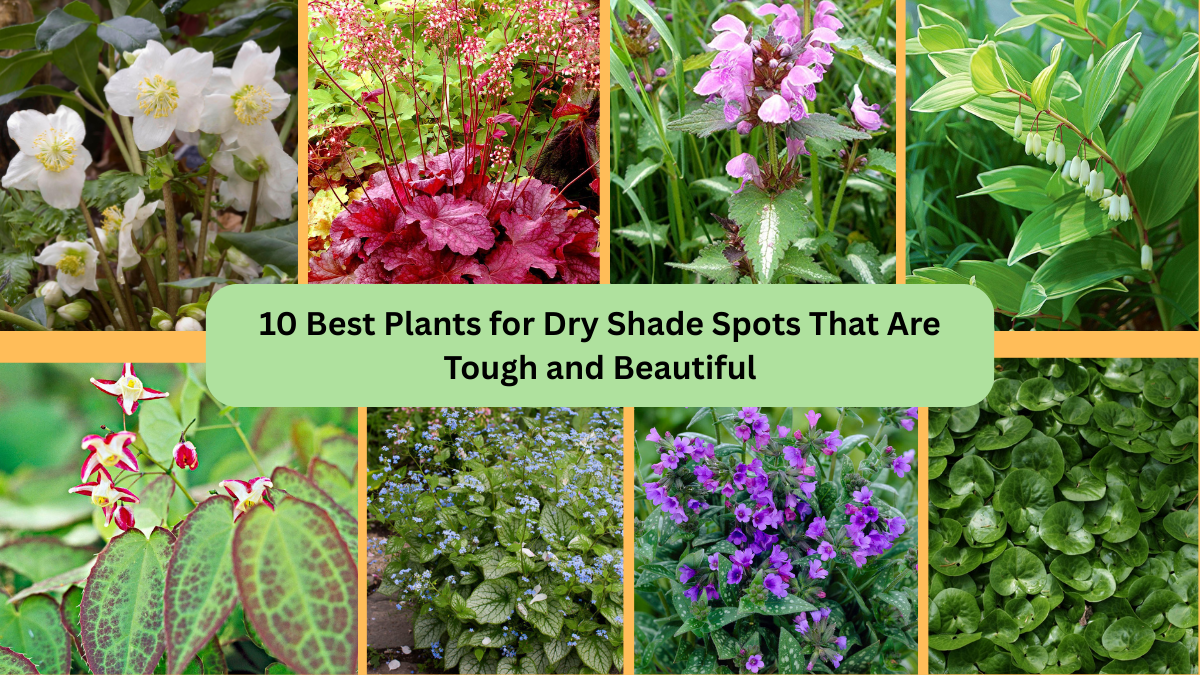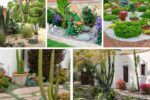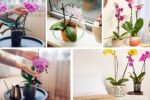Shady spots with dry soil are often a gardener’s nightmare. Whether it’s under mature trees, beside buildings, or in narrow side yards, these challenging areas seem like nothing will grow. But fear not — some plants thrive exactly where others falter. These tough, beautiful plants not only tolerate low light and limited water but also bring life, texture, and color to those neglected corners. Here are 10 of the best plants for dry shade that combine resilience with visual appeal.
1. Epimedium (Barrenwort)

Delicate flowers, iron-willed roots.
Epimedium is a low-growing perennial that thrives in dry, shady areas where few others survive. Often called “fairy wings” for its heart-shaped leaves and dainty spring blooms, it’s both tough and charming. The foliage emerges in bronze or red tints and matures to green, with some varieties remaining evergreen. Once established, it’s remarkably drought-tolerant and deer-resistant. Ideal as a ground cover under trees, it provides long-lasting structure and seasonal interest with minimal maintenance.
2. Hellebore (Helleborus spp.)
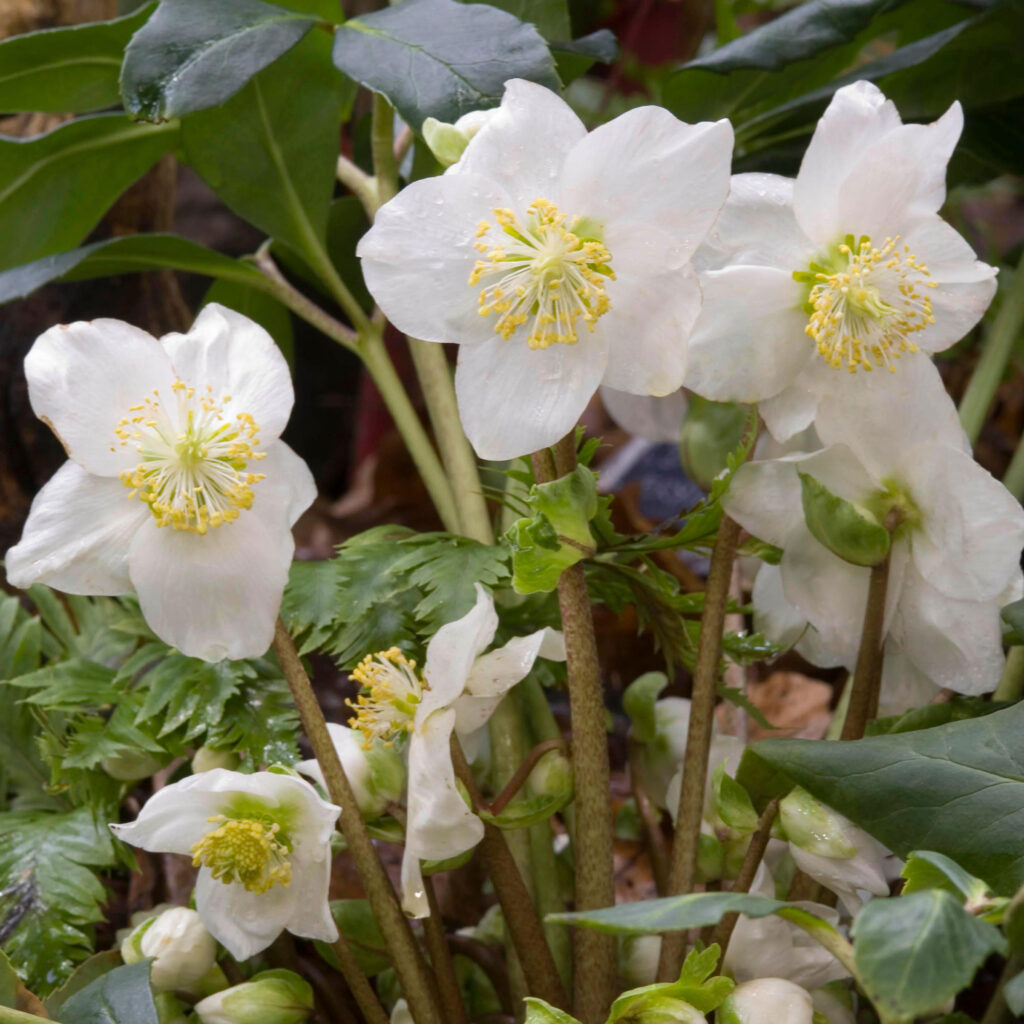
Winter elegance with enduring toughness.
Also known as Lenten rose, hellebores are among the first perennials to bloom in late winter or early spring. Their nodding, rose-like flowers come in shades of white, pink, green, burgundy, and even near-black. Despite their delicate appearance, hellebores are rugged survivors that tolerate dry shade and clay soils. Their leathery, evergreen foliage adds texture year-round. These low-maintenance plants are perfect for shady beds or woodland gardens, thriving in the most stubborn corners.
3. Pulmonaria (Lungwort)
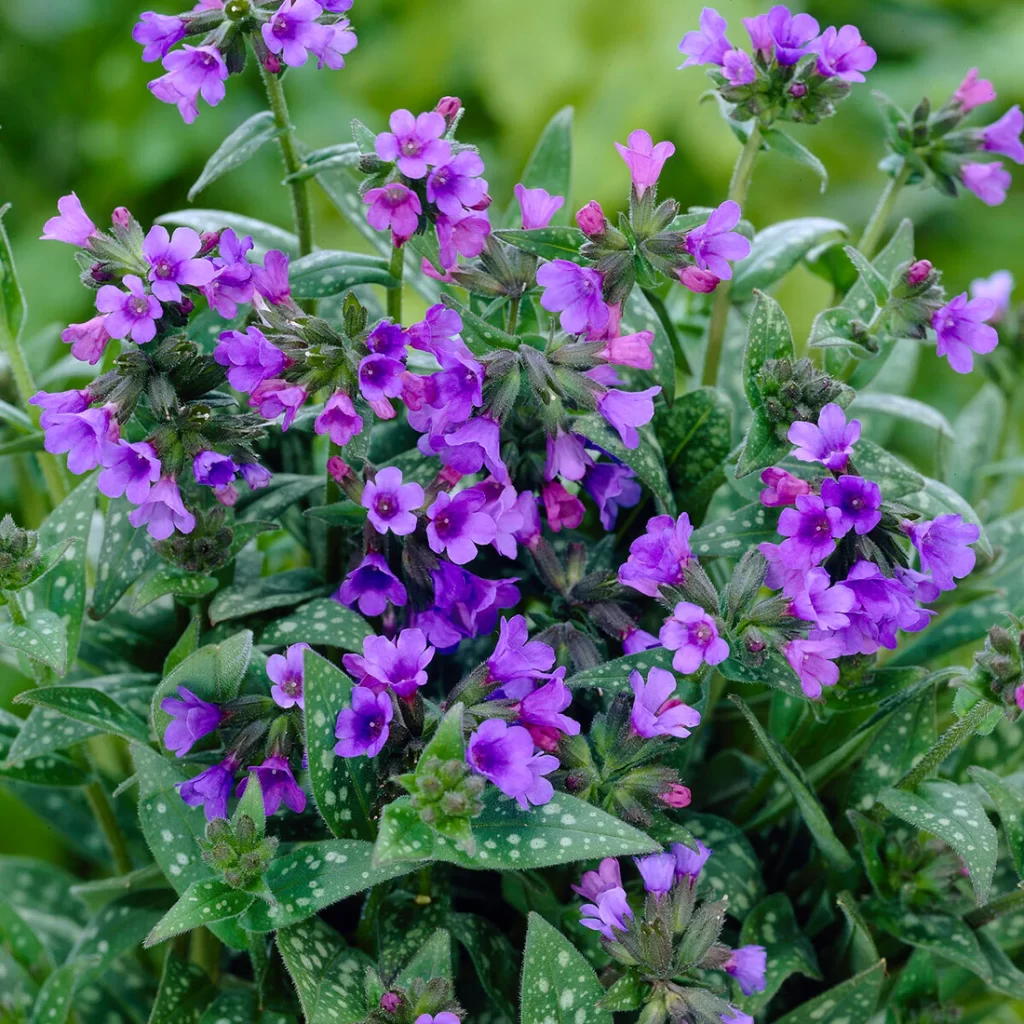
Spotted leaves and spring sparkle.
Pulmonaria is prized for its uniquely speckled or silvery foliage and early spring flowers in pink, blue, or purple. It performs well in dry shade once established and brings welcome color at a time when little else blooms. Its fuzzy leaves are deer-resistant, and the plant forms a tidy clump that suppresses weeds. Lungwort is excellent for underplanting shrubs or trees and works well in borders where moisture is inconsistent.
4. Heuchera (Coral Bells)
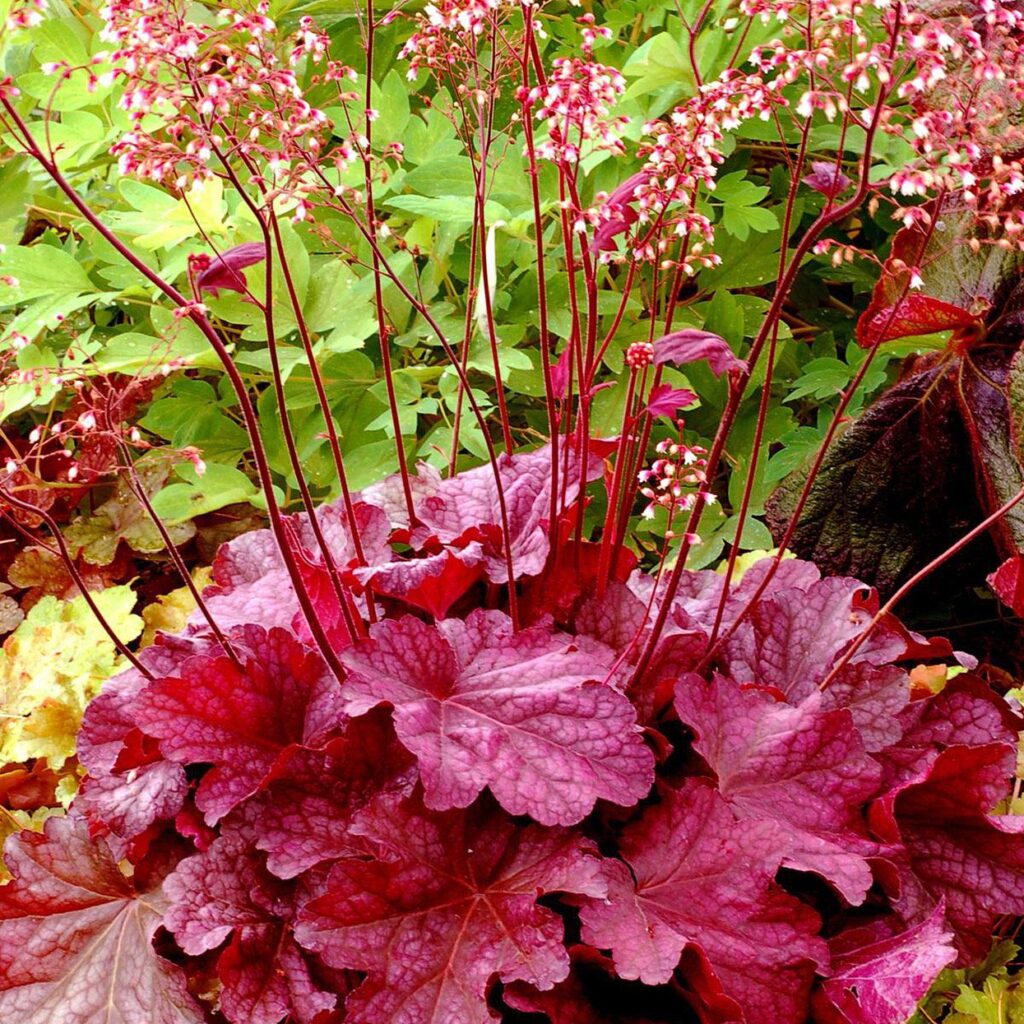
Foliage fireworks with dry-shade strength.
With its colorful, ruffled foliage in shades of burgundy, lime, silver, and caramel, Heuchera adds year-round interest to shaded spaces. It prefers partial shade but tolerates full shade in dry conditions. Its small, airy flower spikes add extra appeal in late spring. Heuchera thrives with minimal watering once established and is ideal for borders, containers, or mass plantings beneath trees. It’s a reliable choice that combines visual punch with garden durability.
5. Asarum europaeum (European Wild Ginger)
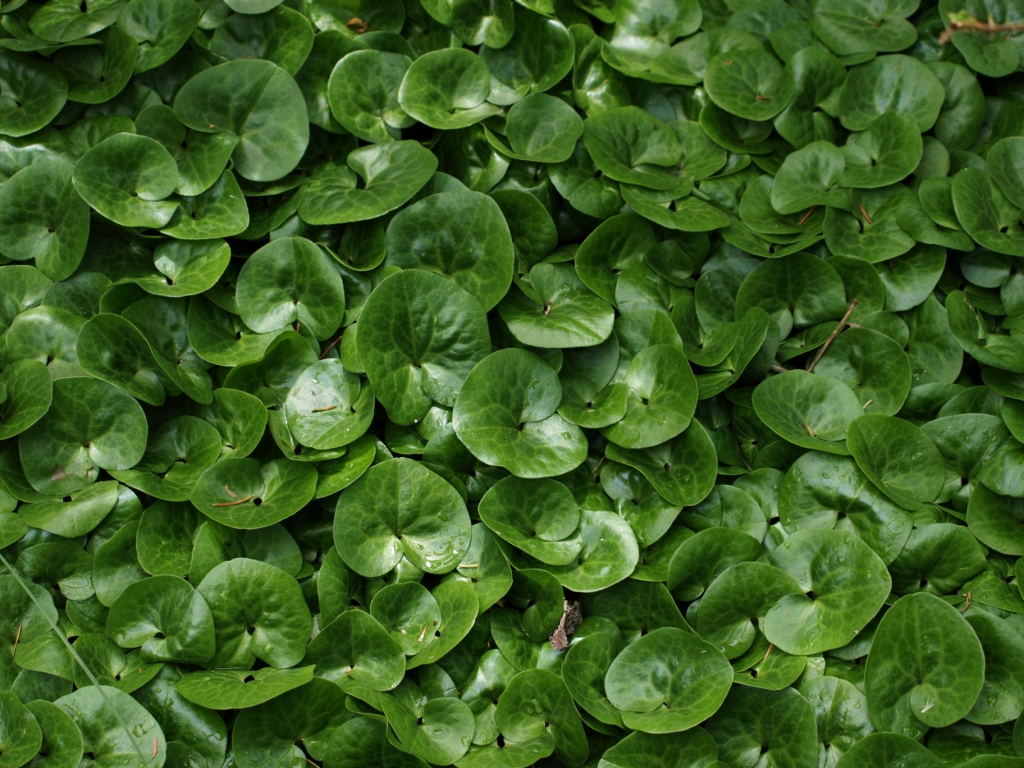
Lush ground cover with a touch of the exotic.
This elegant ground cover thrives in dry, shady woodland areas, forming dense carpets of shiny, kidney-shaped leaves. European wild ginger stays green through much of the year and is nearly maintenance-free. It’s not a fast spreader, but once established, it fills in beautifully and suppresses weeds. Though its flowers are hidden beneath the foliage, they offer a quirky surprise for observant gardeners. A great option for adding lush greenery without fuss.
6. Brunnera macrophylla (Siberian Bugloss)
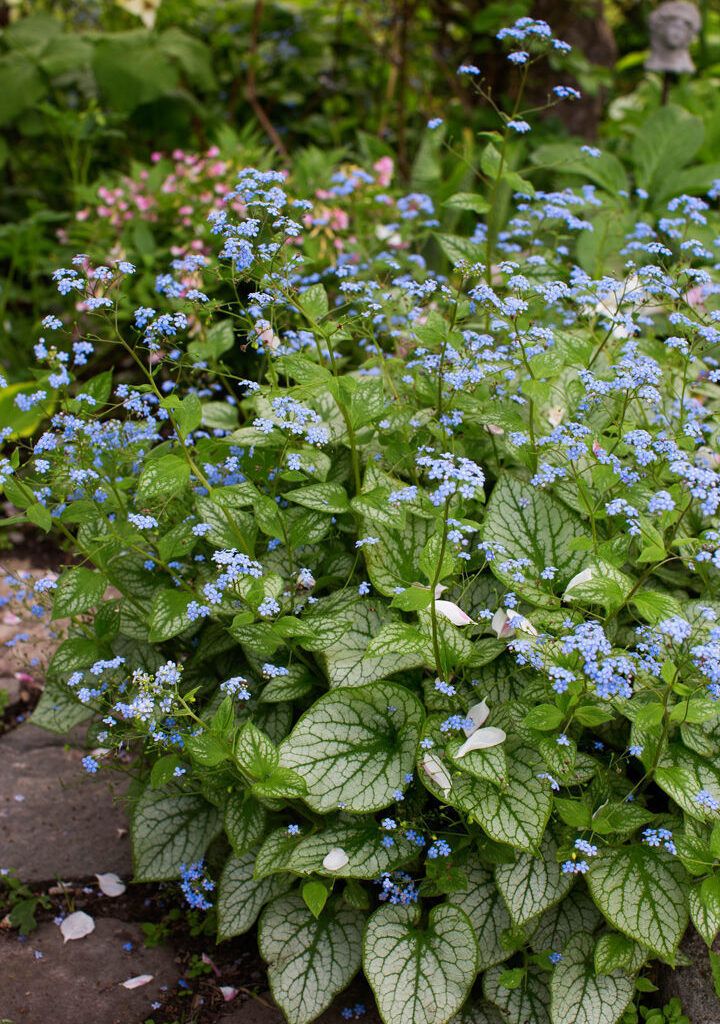
Forget-me-not flowers with heart-shaped flair.
Brunnera is a shade-loving perennial with heart-shaped leaves and small, bright blue flowers in early spring that resemble forget-me-nots. Varieties like ‘Jack Frost’ feature silver-veined foliage that adds brightness to dim corners. Once settled, Brunnera handles dry conditions better than expected and continues to perform with minimal care. Its bold leaves contrast beautifully with ferns and hostas, making it a key player in texture-rich shady borders.
7. Lamium maculatum (Dead Nettle)
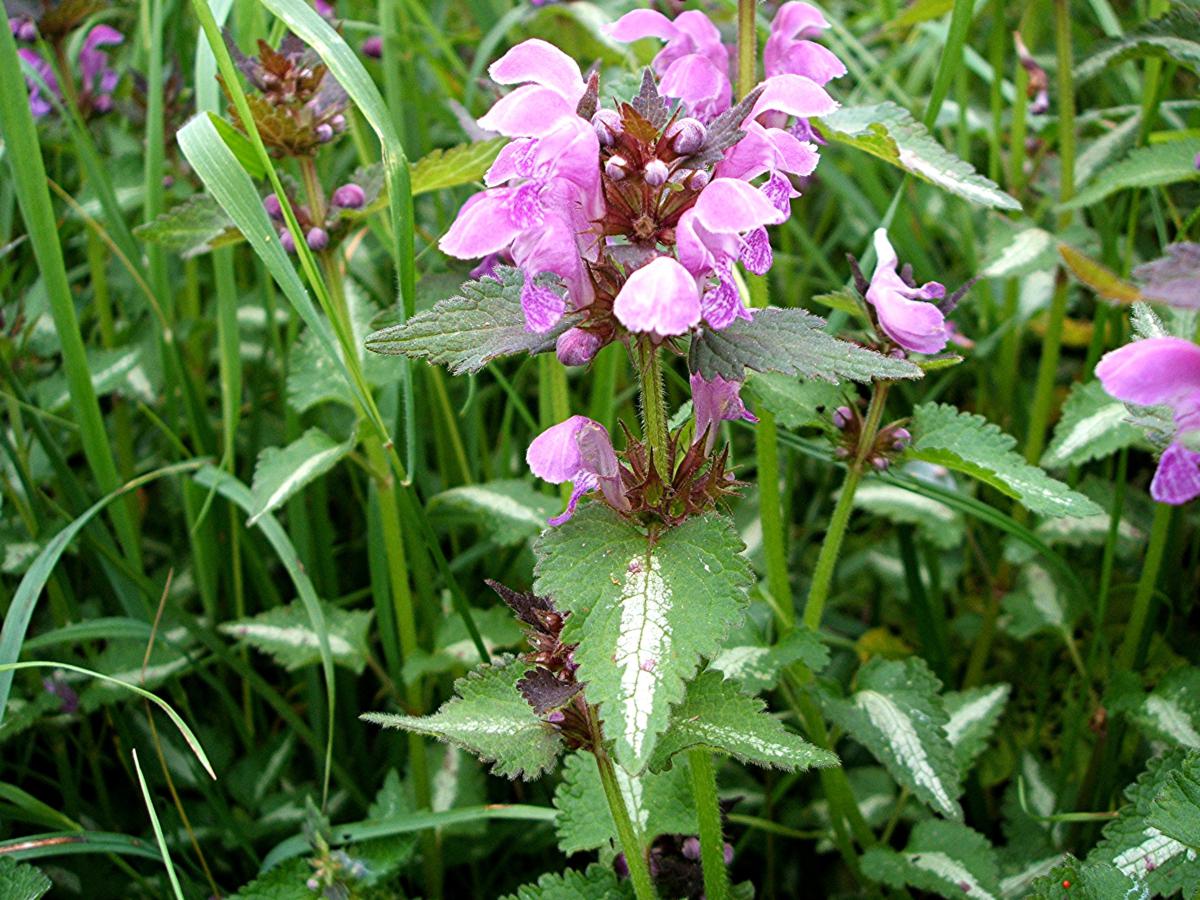
Fast cover with floral charm.
Dead nettle is a fast-spreading ground cover with silvery or variegated leaves and delicate blooms in pink, purple, or white. Despite its aggressive name, Lamium is a gentle and versatile plant for dry shade. It grows well under shrubs, along paths, or on sloped areas where water drains quickly. Lamium’s cascading habit also makes it ideal for containers and hanging baskets in shady patios. It’s one of the few flowering ground covers that loves both shade and dry soil.
8. Pachysandra terminalis (Japanese Spurge)
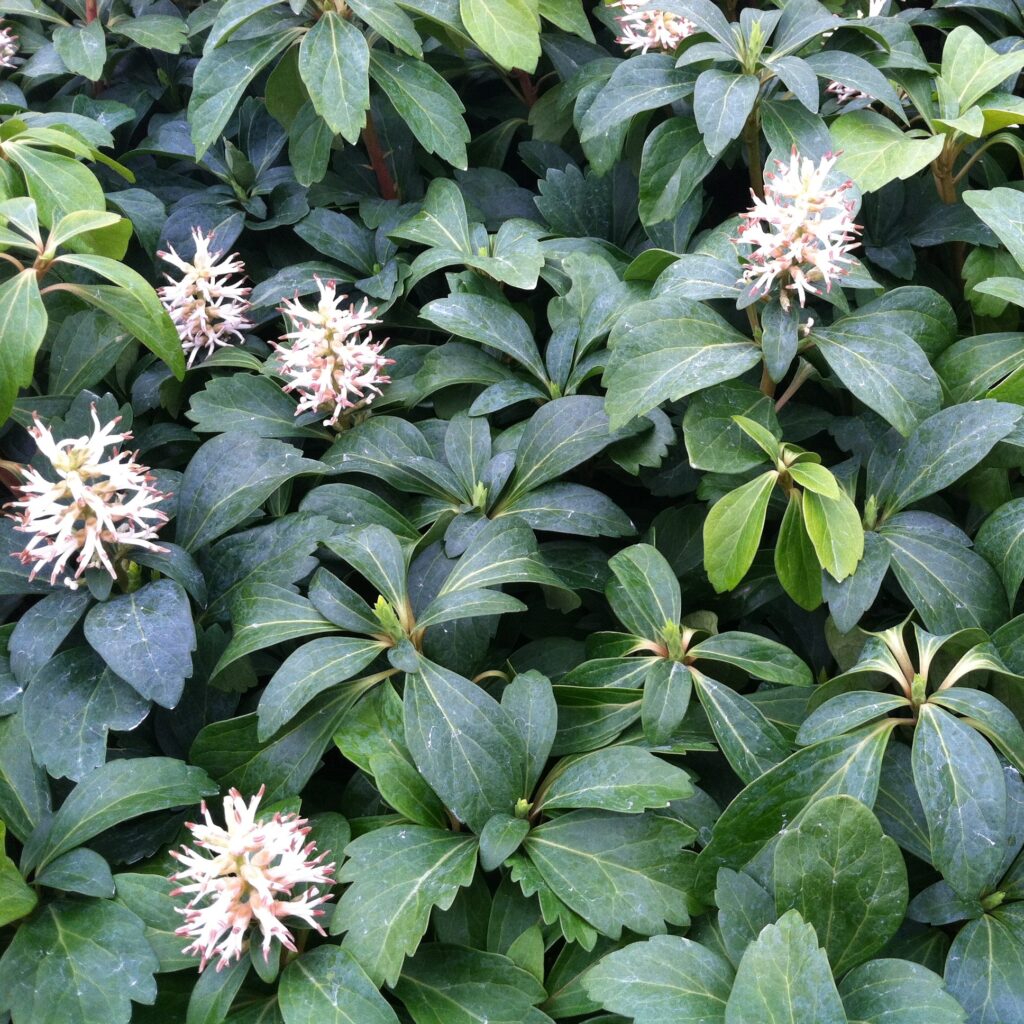
Evergreen and utterly dependable.
Pachysandra is a classic evergreen ground cover for dry shade, particularly under trees and hedges. It spreads to form a thick, weed-smothering mat and requires almost no maintenance once established. While not showy, it adds deep green texture year-round and produces small white flower spikes in early spring. Its ability to thrive in challenging locations has made it a go-to for problem areas in both residential and commercial landscapes.
9. Geranium macrorrhizum (Bigroot Geranium)
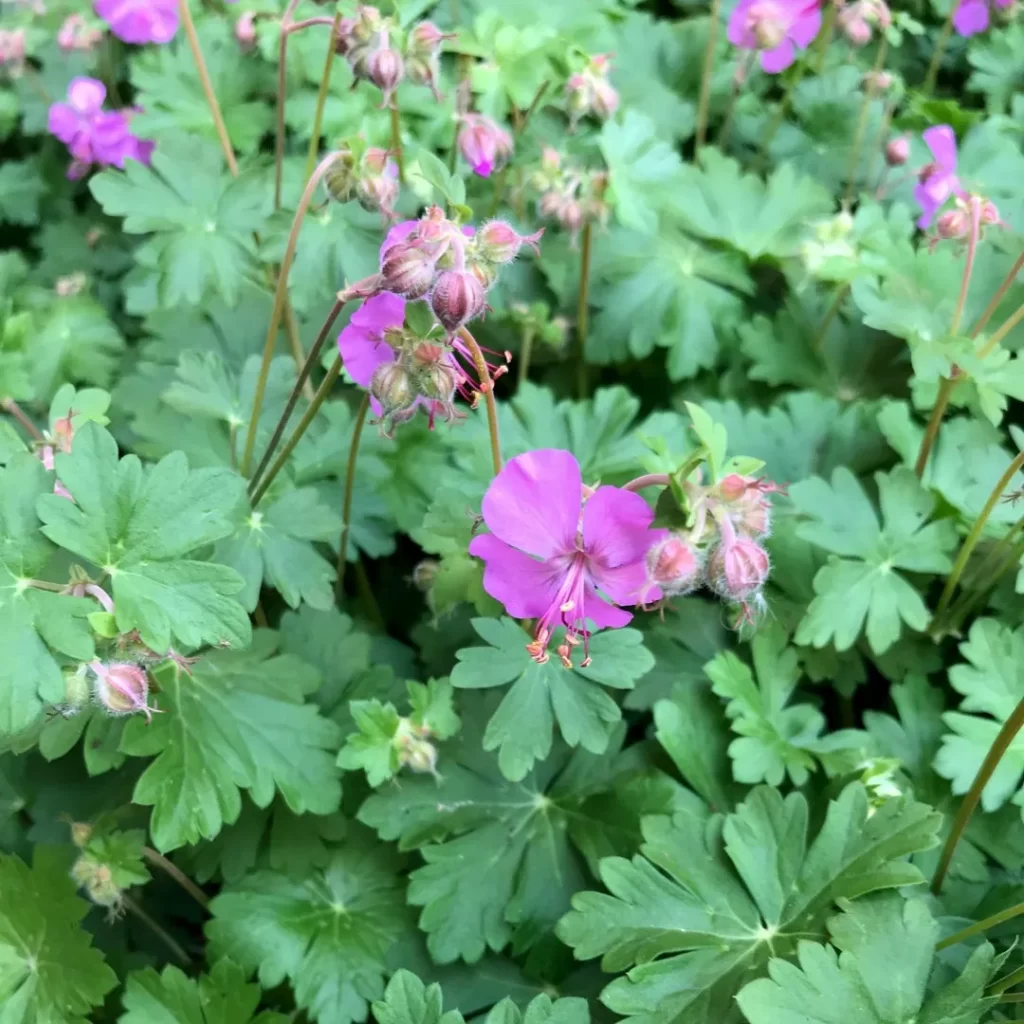
Fragrant foliage with floral finesse.
This hardy perennial is perfect for dry, shaded spots, especially under trees. It offers aromatic, lobed leaves and blooms in shades of pink, purple, or white. Geranium macrorrhizum is extremely drought-tolerant once established and resists pests and diseases. Its semi-evergreen foliage turns attractive shades of red and bronze in fall, adding seasonal interest. It spreads nicely without being invasive and is a great alternative to high-maintenance ground covers.
10. Solomon’s Seal (Polygonatum odoratum)
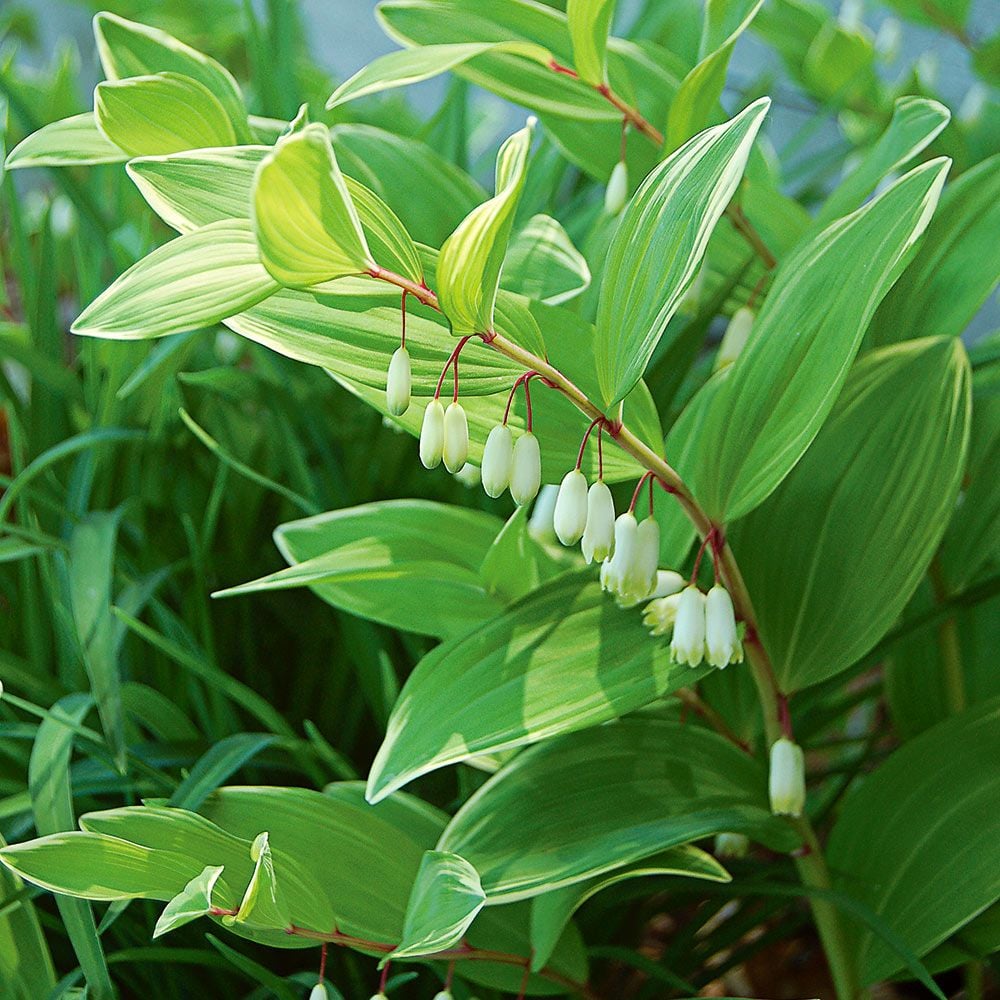
Graceful arches with dangling bells.
Solomon’s Seal brings a graceful, architectural quality to shady gardens. Its arching stems bear pairs of bell-shaped white flowers in spring, followed by blue-black berries. The foliage turns golden in fall, extending its visual appeal. While it prefers moist conditions, it is surprisingly tolerant of dry shade once well established. Its understated elegance makes it a perfect pairing with bold-leaved companions like hostas or ferns.
